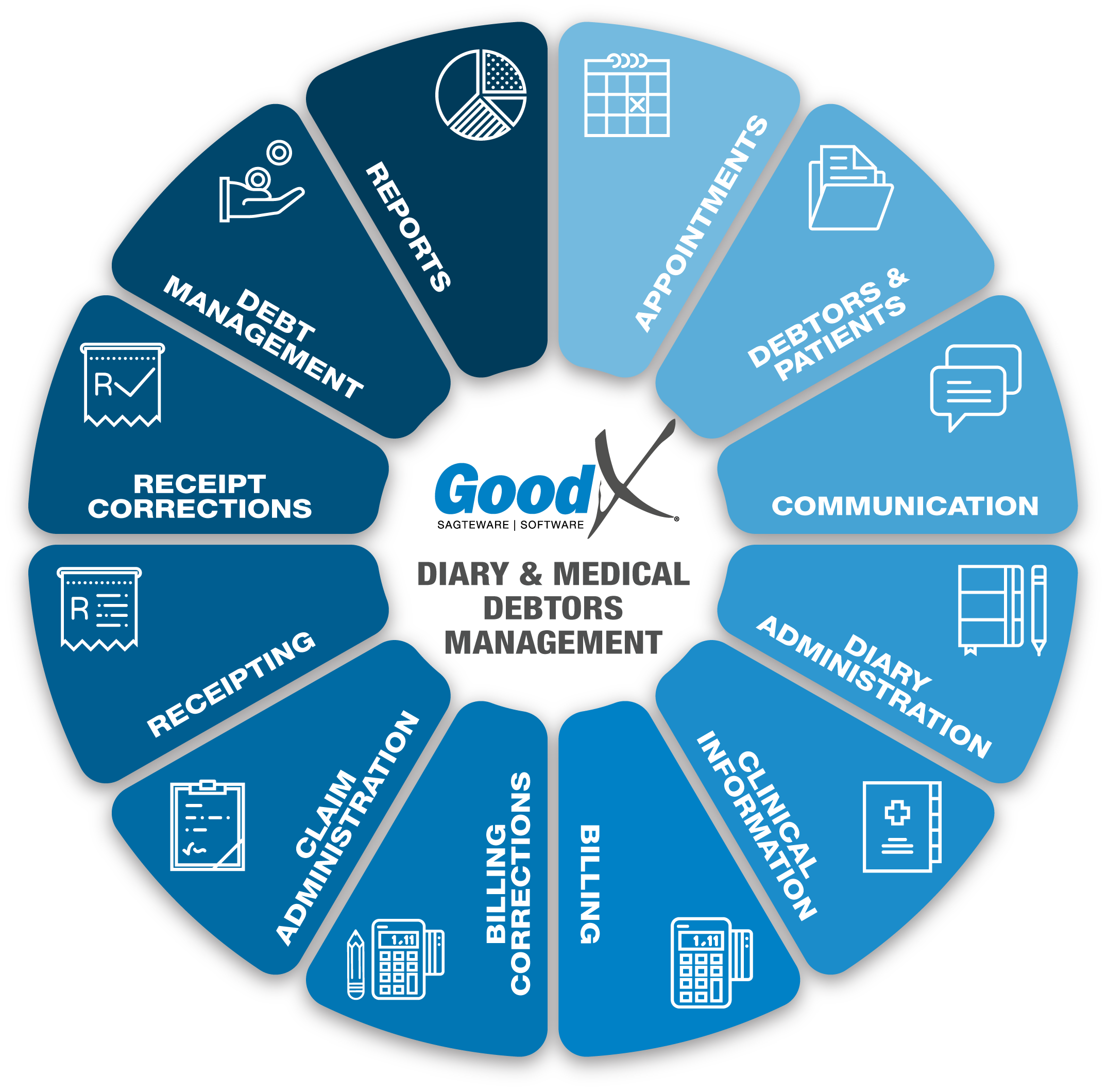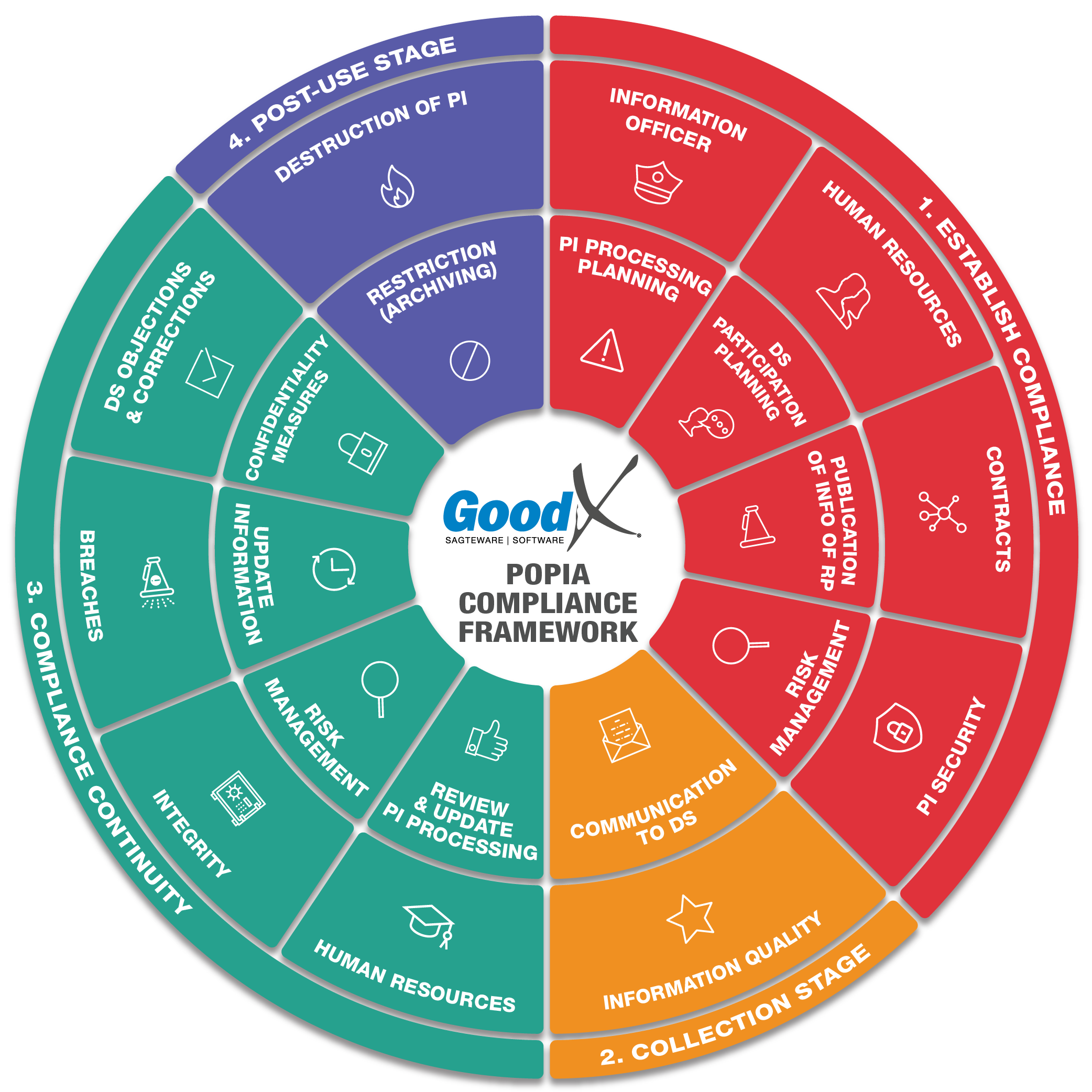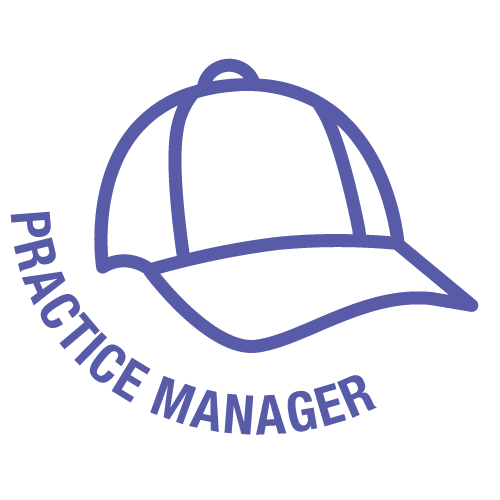Best Practice Guidelines: Healthcare Practice Management & POPIA Compliance Framework
Best Practice Guidelines: Healthcare Practice Management
&
POPIA Compliance Framework


Copyright © 2021 GoodX Software. All rights reserved.
GoodX online Learning Centre
learning.goodx.co.za
7. Communication: Roles & Purpose
Responsible Roles
 |
Operational Role:
|
|---|---|
|
|
Management Role:
|
|
|
Operational Role:
|
 |
Operational Role:
|
 |
Operational Role:
|
 |
Operational Role:
|
Establish Compliance
|
 Purpose
of Communication
Purpose
of Communication
Communication is of utmost importance in conveying information. Open and transparent communication is key to any success. Without efficient communication, most processes will not be a success, and difficult to have control over the practice, personnel and even the patients.
Communication processes should be reviewed and revised every three months to ensure efficient communication. As soon as any communication process does not reach its goal/purpose, you need to check the process and type of communication method used and change where required. Always keep every role player necessary for the specific communication in the loop.
Communication can be divided into two sections, for example:
- externally to and from Patients, other Practitioners and Suppliers;
- internally in the practice between, e.g. the Practitioner and Receptionists for scripts to be done etc.
- SMSs;
- Emails;
- VOIP calls;
- API integrations;
- Software tasks;
- the myGC Patient Portal between the Practitioner and Patients; and
- the grandXchange Practitioners Portal between two or more Practitioners.

